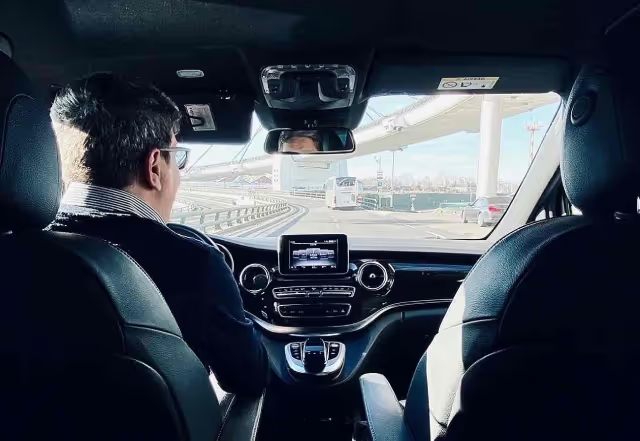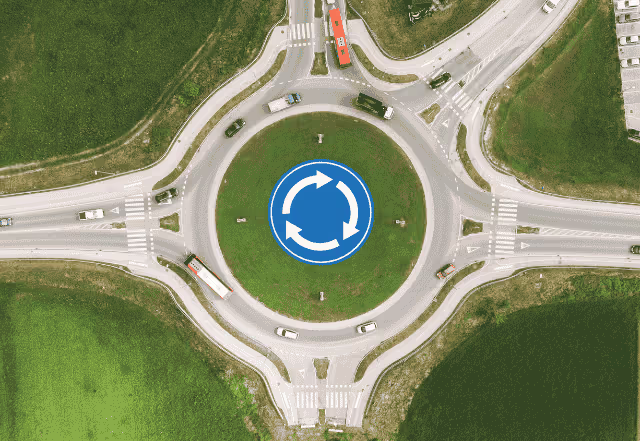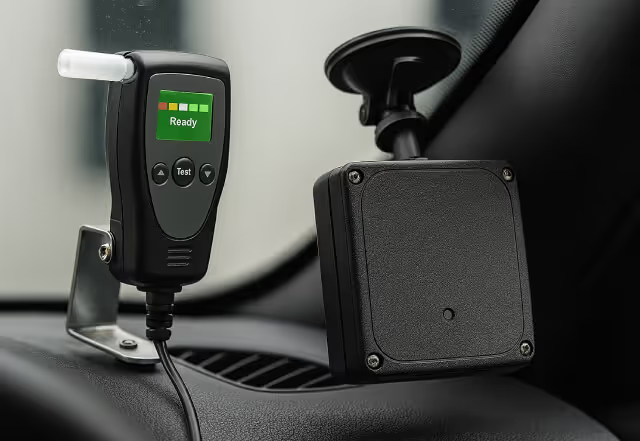The rapid advancements in autonomous vehicle (AV) technology are paving the way for a future where humans may no longer need to control their cars actively. This shift promises profound impacts on safety, accessibility, and driving education, but it also raises important questions about our role in the driver’s seat.
Will Humans Still Be Behind the Wheel?
The vision for autonomous vehicles is clear: cars that take over the driving entirely. Companies like Waymo have demonstrated self-driving taxis in controlled environments, but the ultimate goal—Level 5 autonomy, where vehicles operate independently under all conditions—remains elusive. For now, human oversight is still a critical component. The question is, for how much longer?
The Benefits of Autonomous Vehicles
Autonomous technology offers several transformative benefits:
1. Enhanced Safety
Human error is responsible for over 90% of traffic accidents worldwide. By adhering to traffic laws, reacting faster to hazards, and eliminating distracted or impaired driving, AVs have the potential to drastically reduce crashes.
2. Increased Accessibility
For those unable to drive due to age, disability, or other factors, AVs could provide newfound independence, enabling them to travel freely without relying on others.
3. Improved Traffic Flow
Autonomous systems can communicate and optimize driving patterns, reducing congestion and eliminating inefficiencies caused by human behaviors like tailgating or sudden braking.
The Challenges of a Driverless Future
Despite these promises, significant challenges remain:
1. Technological Limitations
Current AVs struggle with complex scenarios, such as navigating chaotic intersections or responding to unpredictable human behavior. Fully autonomous systems must overcome these hurdles to ensure safety.
2. Cybersecurity Risks
As cars become more connected, they are increasingly vulnerable to hacking. Protecting sensitive data and ensuring the security of vehicle systems will be crucial.
3. Economic Disruption
Autonomous vehicles could disrupt industries reliant on human drivers, such as trucking, ride-hailing, and delivery services. Transitioning to a driverless economy will require substantial efforts to retrain workers and mitigate economic impacts.
What This Means for Learner Drivers
The rise of AVs will redefine driving education. Skills like manual steering and parallel parking may become less critical, while understanding and supervising automated systems will take precedence. Driving schools may shift their focus toward training learners to monitor and interact with AV technologies, emphasizing technical knowledge and situational awareness.
How Far Are We from Full Autonomy?
Fully autonomous vehicles are not expected to dominate roads until at least 2035 or beyond. Several milestones must be achieved before widespread adoption:
- Technological Advancement: Developing systems capable of handling all conditions, from weather to terrain.
- Regulatory Approval: Establishing safety and liability frameworks for AVs.
- Public Trust: Building confidence in the safety and reliability of autonomous systems.
Until these hurdles are cleared, human involvement will remain essential.
Conclusion
The future of driving is heading toward a world where cars steer, brake, and accelerate on their own. While this evolution holds the promise of safer roads and more accessible transportation, it also presents challenges in technology, security, and economic stability. For learner drivers, it signals a shift in focus from traditional driving skills to mastering interactions with intelligent systems.
As we navigate this transformative era, it is crucial to balance innovation with safety, ethics, and the human touch, ensuring that autonomous technology benefits everyone, not just the machines.








































